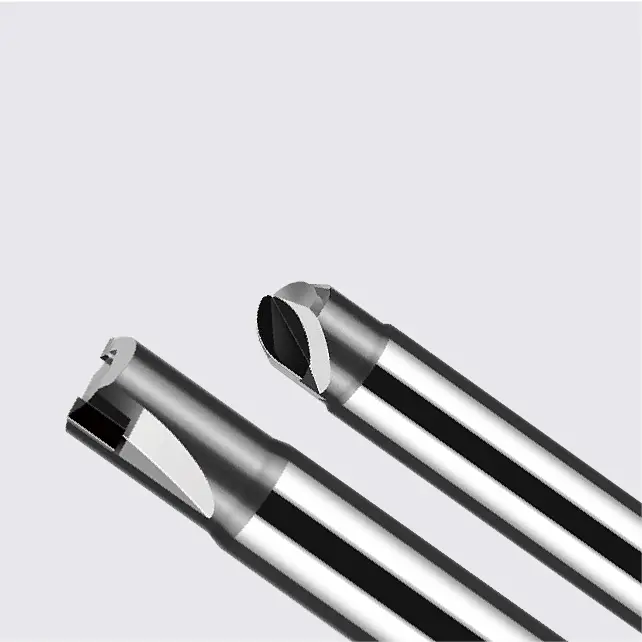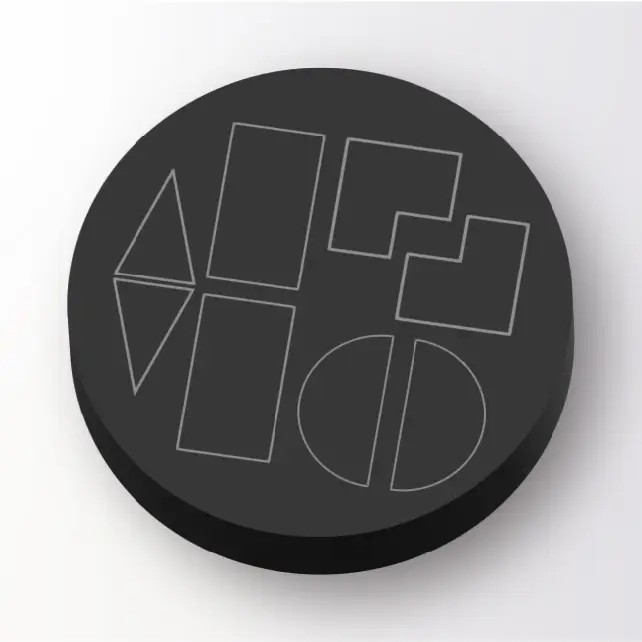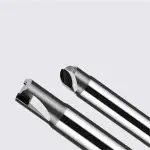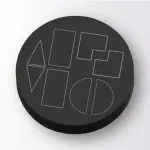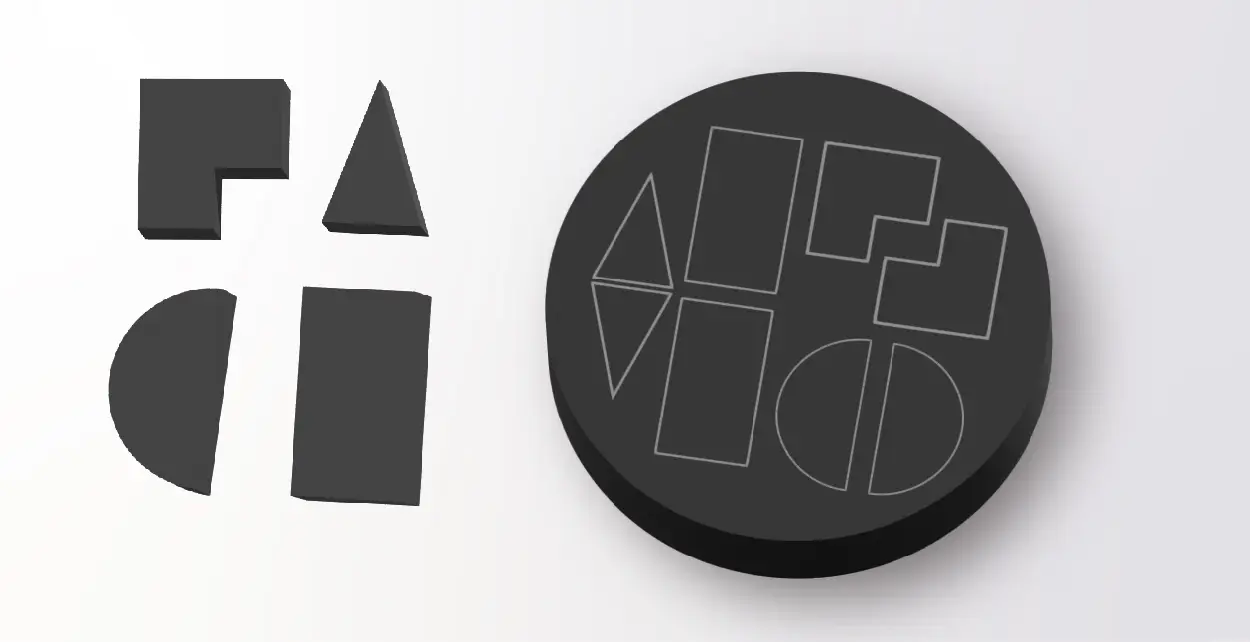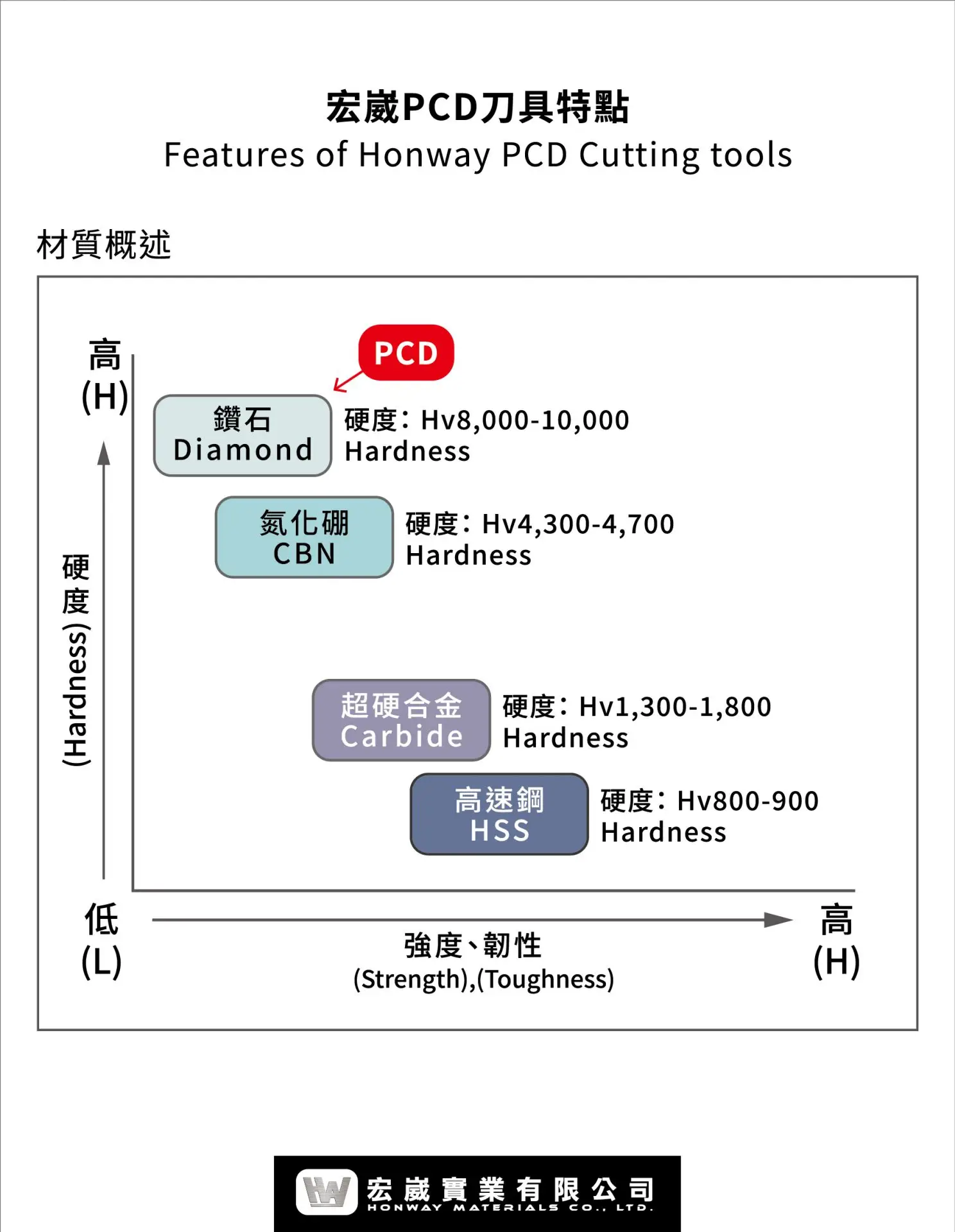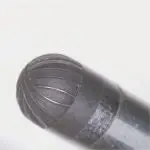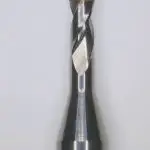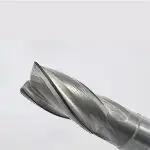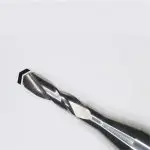PHCD.YZZ PCD Blade Product Features
High hardness, high thermal conductivity, and low friction coefficient, significantly reduce force and minimize chip deposits. Widely applied in processing various materials.
- High hardness, low friction coefficient, significantly reduce force and improve processing accuracy.
- Thermal deformation during processing is small and suitable for high-precision processing.
- PCD tools have low affinity with non-ferrous or non-metallic materials, preventing chips from adhering to the cutting edge and forming chip deposits during processing.
Application areas:
- Widely used in the machining of materials such as stone, wood, non-ferrous metal composites, glass, and engineering ceramics.
- Suitable for CoWos process, capable of cutting various semiconductor substrates, such as silicon carbide, glass, ceramic, and alumina substrates.
Product features
| Model | Product Types | Application | Granularity | 1. Diameter | Helix Angle | 2. Blade Length | 3. Matrix |
| PHCD.RZX | PCD Blade | Drilling
Processing of non-ferrous metals and non-metallic materials |
Thin
Medium Thick |
∅1.5~∅25 | 30° | 0.3~1.5 | 3.5 |
※ Unit of size(MM)
Material characteristics
Please note
1. Inclination Angle: Single-point PCD tools should not be aligned perpendicular to the grinding wheel center; they typically need to be inclined 10-15°.
2. Careful Placement: When placing the PCD tool into the collet, be sure to avoid collisions between the tool and the grinding wheel surface to prevent damage to the tool or the grinding wheel.
3. Avoid Overheating Damage: Do not quench hot dressing tools. When performing dry dressing, allow sufficient time for the PCD tool to cool down fully to avoid damage caused by overheating.
4. Select Appropriate Tools: When ordering PCD tools, consider the tool’s applicable range. Especially when machining ferrous metals, the chemical reaction between diamond and carbon in steel may accelerate tool wear.
5. Maintenance and Cleaning: When replacing tools, remove all broken tool fragments first to prevent secondary damage to the tools. Ensure that the processing equipment is stable, as unstable equipment is prone to vibrations, which can cause the tools to break.
6. Storage: When storing PDC tools, place them separately and do not place the tips facing each other to avoid damage to the tools.

